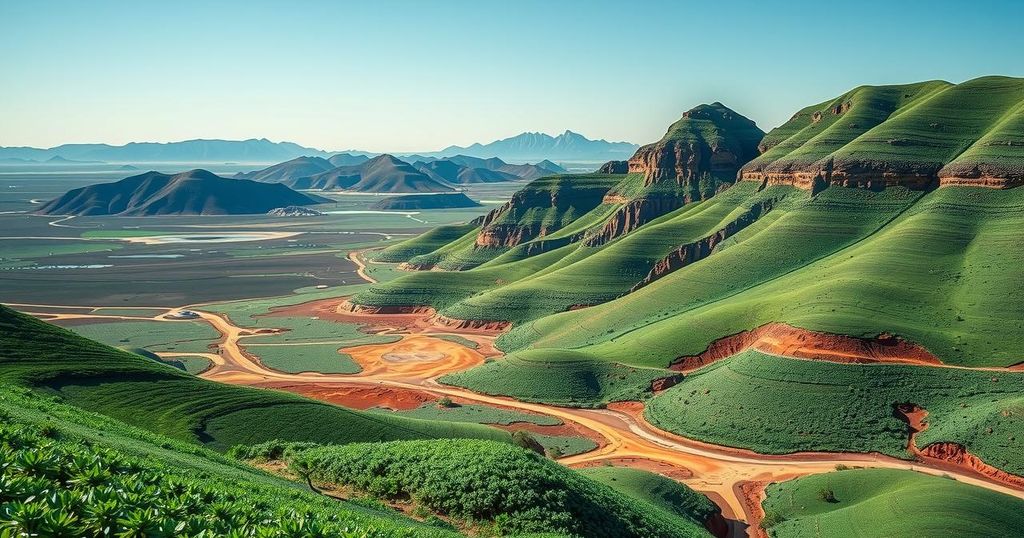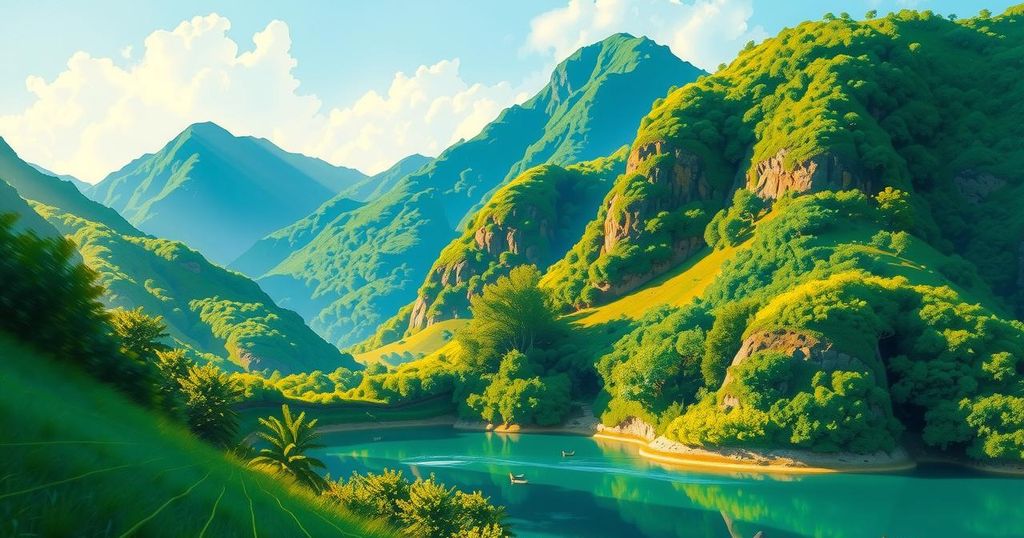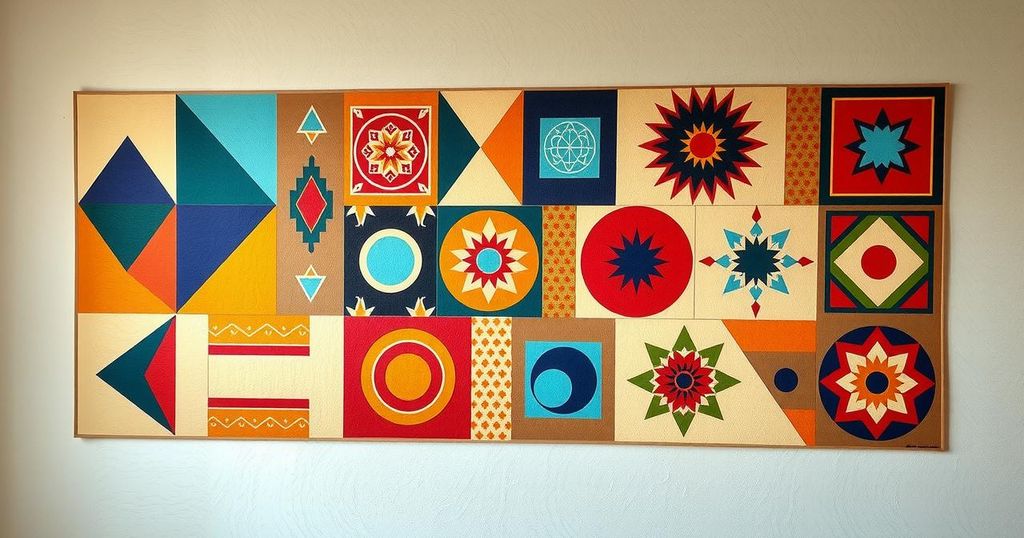Global news
AFRICA, CORRUPTION, DEGRADE, DEMOCRATIC REPUBLIC OF THE CONGO, DONALD TRUMP, DR, EUROPE, FELIX TSHISEKEDI, GEOPOLITICS, INTERNATIONAL RELATIONS, MASS, MASSAD BOULOS, PAUL KAGAME, REGIONAL COOPERATION, REUTERS, SEMAFOR, TIFFANY, TRUMP, UKRAINE, US, US STATE DEPARTMENT, VOL, VOLODOMYR ZELENSKYY, YIN, YINKA ADEGOKE
Fatima Khan
0 Comments
The Democratic Republic of the Congo: A Key Player in Global Mineral Resources Negotiations
President Trump is shifting his focus to the Democratic Republic of the Congo (DRC) for rare earth minerals, previously considered from Ukraine. Amidst the ongoing conflict and resurgence of the M23 rebel group, discussions surrounding potential peace talks and U.S. interests in minerals signify broader geopolitical implications. The DRC’s vast mineral wealth complicates the humanitarian crisis and raises questions about international involvement and underlying motivations.
United States President Donald Trump seeks to negotiate a deal concerning rare earth minerals, initially considering Ukraine but now turning his attention to the Democratic Republic of the Congo (DRC). Following stalled discussions with Ukrainian leader Volodymyr Zelenskyy, Trump has identified the DRC, a country beset by internal conflict and the M23 rebel group, as a potential alternative source for these crucial minerals.
The M23, active in the DRC for over a decade, has recently regained ground in the eastern region, notably capturing Goma, the region’s largest city. Notably, President Felix Tshisekedi of the DRC and Rwandan President Paul Kagame have called for a ceasefire after discussions in Qatar. The prospect of appointing Massad Boulos as a peace envoy, linked to Trump, has emerged following an appeal from DRC leaders.
The minerals extracted from the DRC are vital for modern technology. “The Congo holds a significant share of the world’s critical minerals required for advanced technologies,” stated a U.S. State Department representative. The strategic interest of the U.S. aligns with the notion of a transactional relationship where American support is contingent upon securing these valuable resources.
The race for cobalt extraction exemplifies the competing interests of the U.S. and China in the region, with the latter currently controlling 80 percent of such resources in the DRC. It is argued that the M23 seeks to retain control of key mines, highlighting an ongoing struggle over mineral wealth in the area.
Rwanda’s alleged support for M23 complicates the conflict further, as its military capability appears intertwined with that of the rebel group. Despite repeated denials from Rwanda, both U.S. and UN reports suggest a connection. The DRC’s governmental response has faced criticism for its inability to effectively combat these rebel advances, leading to significant loss of life and displacement of civilians.
International peacekeeping efforts, including from the United Nations, are active in the DRC; however, recent announcements regarding the withdrawal of multinational forces have raised concerns over future stability. As tensions continue, the DRC’s substantial mineral resources represent a complex challenge where prosperity can turn into peril for its people.
In summary, President Trump’s interest in the Democratic Republic of the Congo’s rare earth minerals reflects a broader strategy to secure vital resources amidst ongoing conflict. With the M23’s resurgence and the international community’s complex involvement, the situation in the DRC highlights significant geopolitical and humanitarian challenges. The interplay of regional dynamics and external interests continues to pose threats to the stability and prosperity of the Congolese people.
Original Source: www.abc.net.au




Post Comment